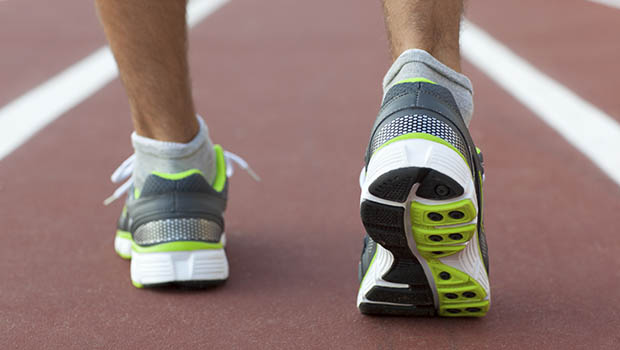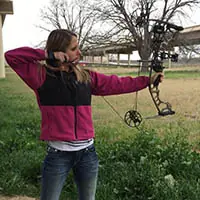
Whether you're a new runner or have simply run the soles off your old shoes, the process of buying new running shoes is much more than just picking out the ones that look the coolest.
You may have heard of a gait analysis, but what exactly is it and why is it important for runners?
What is a Gait Analysis?
The term gait analysis is commonly misused to describe the process of a running shoe specialist evaluating your foot patterns and fitting you into a running shoe.
But a true gait analysis is typically done in a clinical or research facility and measures exact degrees and angles of the knees, ankles and hips during walking or running. This process is rather complicated and involves expensive machinery and technology. With that in mind, the term gait analysis should really only be used when referring to this particular (and precise) method.
I know what you're probably thinking: "So that thing the running stores do when fitting you into a shoe isn't a gait analysis?" Technically, no. What they are doing, however, can be referred to as a sight or running shoe analysis.
So what's the difference?
According to Duncan Cragg, shoe expert and store manager at Dallas-based Luke's Locker, a sight or shoe analysis is much more human-focused, taking into account a number of characteristics about the individual runner.
"At running stores, we are more interested in the human habits and where they are coming from," Cragg says. "We also take into account any history of injuries or issues, what shoes they are currently wearing, the amount of miles they are running per week, future training or racing plans and more."
While a gait analysis may seem like a better option on the surface—because, well, science—Cragg says that one is not necessarily superior to the other. Even though a gait analysis has high-tech data behind it, a sight or shoe analysis uses much more detailed information about human behavior and feedback from the runner to come to a more well-rounded conclusion.
What's Being Analyzed?
During a shoe analysis at a specialty running store, a shoe fitter will consider a number of things, including the following
- Are you new to running or more experienced?
- How many miles do you run per week?
- What shoes are you currently running in?
- Do you have a history of past injuries?
- Are you experiencing any issues during runs, such as numbness, blisters or hot spots?
- Are you planning to increase or decrease your mileage in the near future?
- Where will you be running (street, trail or track)?
- How much do you weigh?
After a shoe fitter has these questions answered, they will have you first walk and/or run barefoot, and then in a simple analysis shoe.
Many shoe fitters also examine the shape of your foot, including the width and arch, to better understand your basic structure. This gives them a place to start when fitting you to the right shoe.


